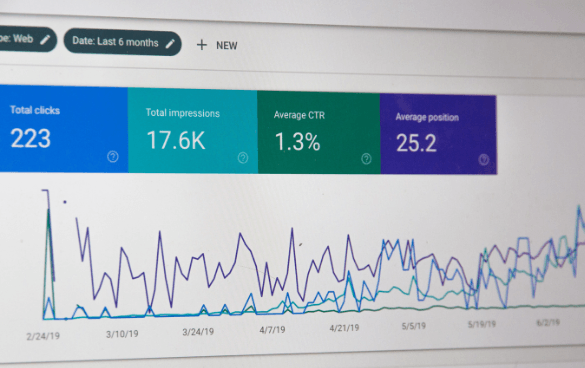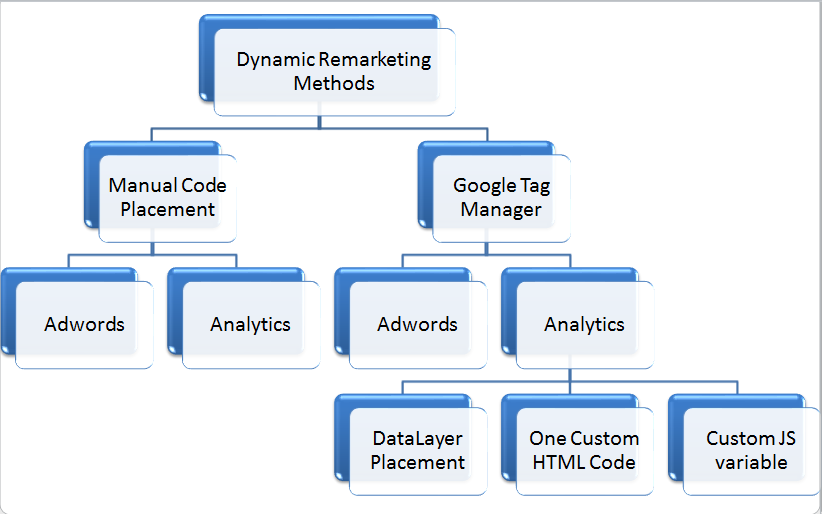Harnessing Remarketing in Google Analytics: A Comprehensive Guide
Harnessing remarketing in Google Analytics uses services a tactical edge in reaching out to potential customers. This overview will lose light on the vital actions included in utilizing the complete capacity of remarketing in Google Analytics, leading to boosted marketing outcomes.
Understanding Remarketing in Google Analytics
Remarketing in Google Analytics enables organizations to tactically target customers that have formerly interacted with their internet site or mobile application. By leveraging information from Google Analytics, companies can create customized remarketing listings based upon customer habits, such as pages visited, actions taken, or specific goals attained. This effective tool makes it possible for services to re-engage with users that have revealed interest in their product and services, inevitably increasing the likelihood of conversion.
Comprehending the various sorts of remarketing approaches is crucial for an effective campaign - What Is “Remarketing” In Google Analytics?. Google Analytics offers numerous alternatives, including typical remarketing, dynamic remarketing, and remarketing checklists for search ads (RLSA) Each type serves an one-of-a-kind function and can be customized to satisfy details marketing objectives
Furthermore, analyzing the performance of remarketing campaigns is vital for enhancing outcomes. Google Analytics provides useful insights into the performance of different remarketing approaches, allowing organizations to make data-driven decisions and fine-tune their targeting method. By continuously keeping track of and readjusting remarketing initiatives based upon analytics information, companies can maximize ROI and drive success in their advertising campaigns.
Setting Up Remarketing Projects

After establishing audience lists, the next action is to connect Google Analytics with Google Ads. By linking these two platforms, businesses can perfectly transfer target market checklists from Google Analytics to Google Advertisements for remarketing functions. This assimilation permits even more specific targeting and far better campaign efficiency.
Once the accounts are linked, businesses can produce remarketing campaigns in Google Ads making use of the target market lists formerly defined in Google Analytics. These campaigns can be customized with certain advertisement creatives, messaging, and bidding methods to efficiently re-engage with previous site visitors and drive conversions. By complying with these steps, businesses can leverage the power of remarketing to improve their marketing efforts and increase ROI.
Making Use Of Target Market Segmentation Methods

Predefined segments in Google Analytics enable you to rapidly examine usual target market classifications like brand-new users, returning individuals, or users that finished a certain objective on your internet site. Personalized segments, on the various other hand, allow you to create one-of-a-kind sectors based upon particular requirements that are essential to your company purposes. Dynamic remarketing checklists automatically readjust based on user behavior, showing personalized ads to users who have interacted with your site in particular ways.
Studying Remarketing Efficiency Metrics
Upon assessing the efficiency of remarketing projects in Google Analytics, the analysis of vital efficiency metrics supplies important understandings right into audience involvement and conversion prices. By diving into metrics such as click-through prices (CTR), conversion prices, expense per procurement (CERTIFIED PUBLIC ACCOUNTANT), and return on advertisement spend (ROAS), marketing professionals can gauge the success of their remarketing initiatives. CTR shows the portion of customers who clicked on the ad after viewing it, reflecting the ad's importance and appeal. Conversion prices determine the portion of individuals that completed a preferred activity, such as buying, after visit their website clicking on the ad. Certified public accountant discloses the ordinary price incurred for each and every conversion, assisting analyze project profitability. ROAS, on the various other hand, quantifies the revenue created for every buck spent on advertising. Assessing these metrics makes it possible for marketing professionals to maximize campaigns, refine target market targeting, and assign budget plans efficiently to enhance overall remarketing performance.
Enhancing Remarketing Strategies
When refining remarketing strategies in Google Analytics, concentrating on target market segmentation is paramount for achieving project success. By separating your audience right into details sections based on their behavior, demographics, or passions, you can customize your ads extra efficiently to every group. This targeted approach increases the chance of engaging individuals who have actually already revealed passion in your product and services, causing greater conversion rates.
An additional essential facet of maximizing remarketing strategies is continually screening and refining your campaigns (What Is “Remarketing” In Google Analytics?). A/B testing different advertisement creatives, messaging, or deals can help you identify what resonates finest with your target market and drives one of the most conversions. By evaluating the efficiency of these tests in Google Analytics, you can make data-driven decisions to optimize your remarketing efforts further
Furthermore, leveraging dynamic remarketing can substantially boost your campaign results. This feature permits you to show individualized ads to customers based upon their past communications with your site, showcasing services or products they have previously seen. By delivering customized content to individuals based upon their passions and actions, vibrant remarketing can aid boost engagement and drive conversions.
Final Thought
Finally, using remarketing in Google Analytics is a strategic approach to target individuals that have formerly engaged with an internet site. By creating customized target market listings and making use of audience segmentation strategies, organizations can enhance remarketing advocate enhanced conversion prices. Analyzing efficiency metrics and continually enhancing strategies are essential for optimizing the performance of remarketing efforts.
Google Analytics supplies various options, consisting of standard remarketing, vibrant remarketing, and remarketing checklists for search ads (RLSA)After establishing up target market lists, the following step is to connect Google Analytics with Google Ads. By connecting these two systems, organizations can effortlessly move audience listings from Google Analytics to Google Ads for remarketing functions.As soon as the accounts are linked, businesses can create remarketing campaigns in Google Ads using the audience details previously specified in Google Analytics.When refining remarketing approaches in Google Analytics, focusing on audience division is paramount for achieving project success.